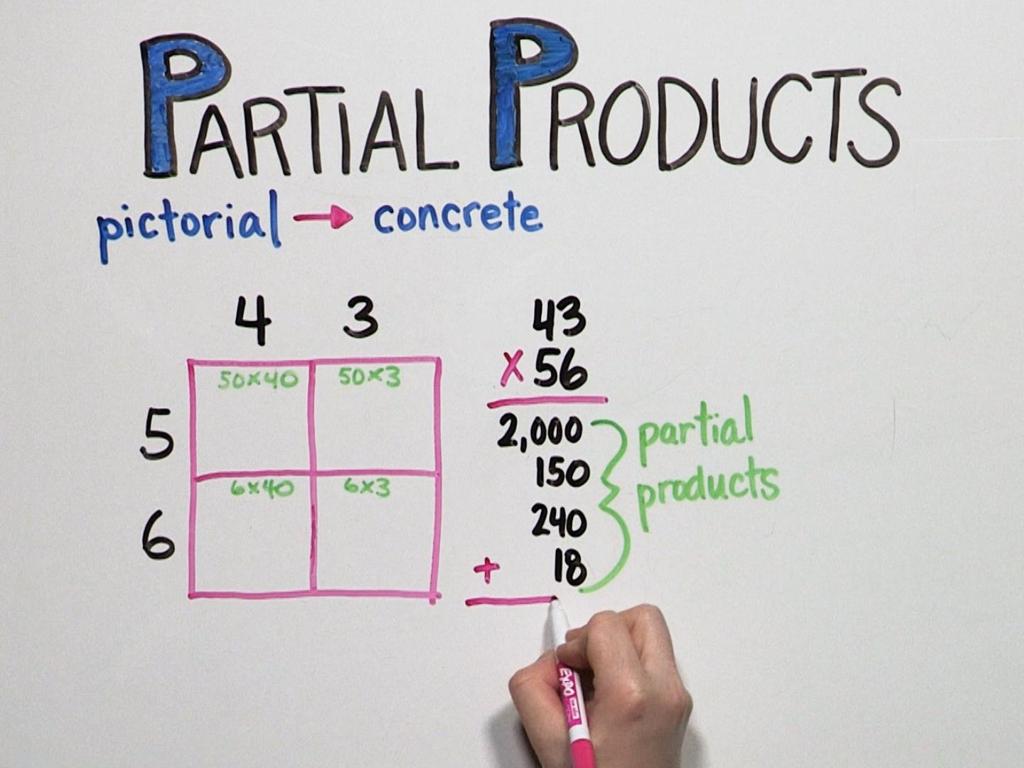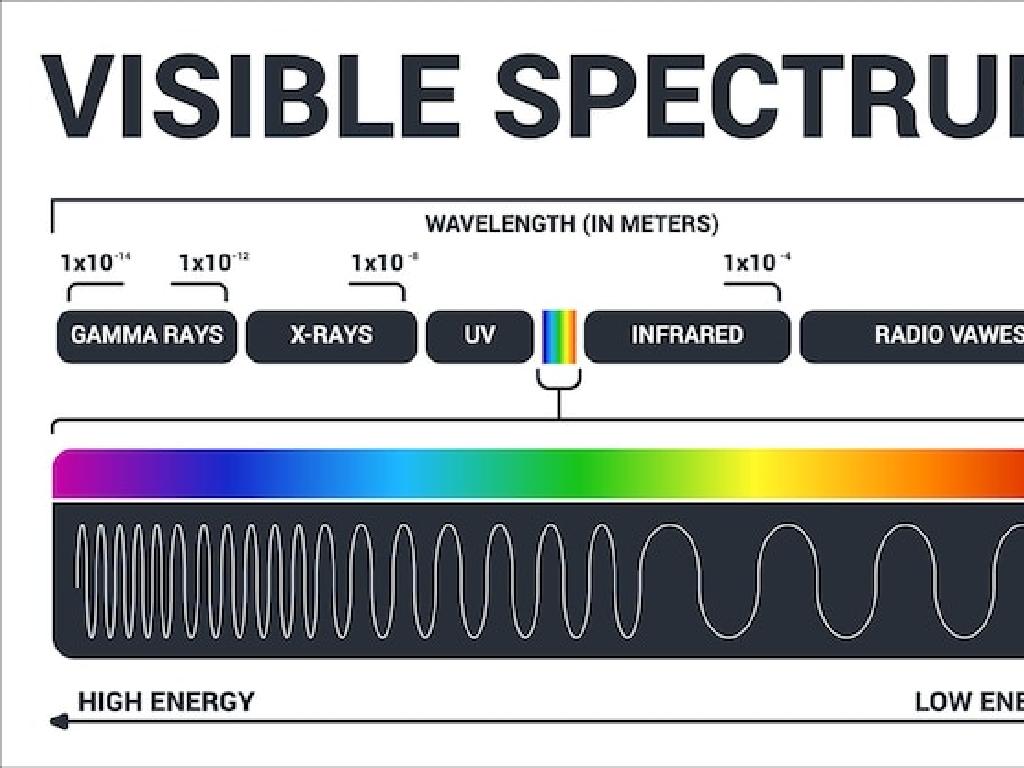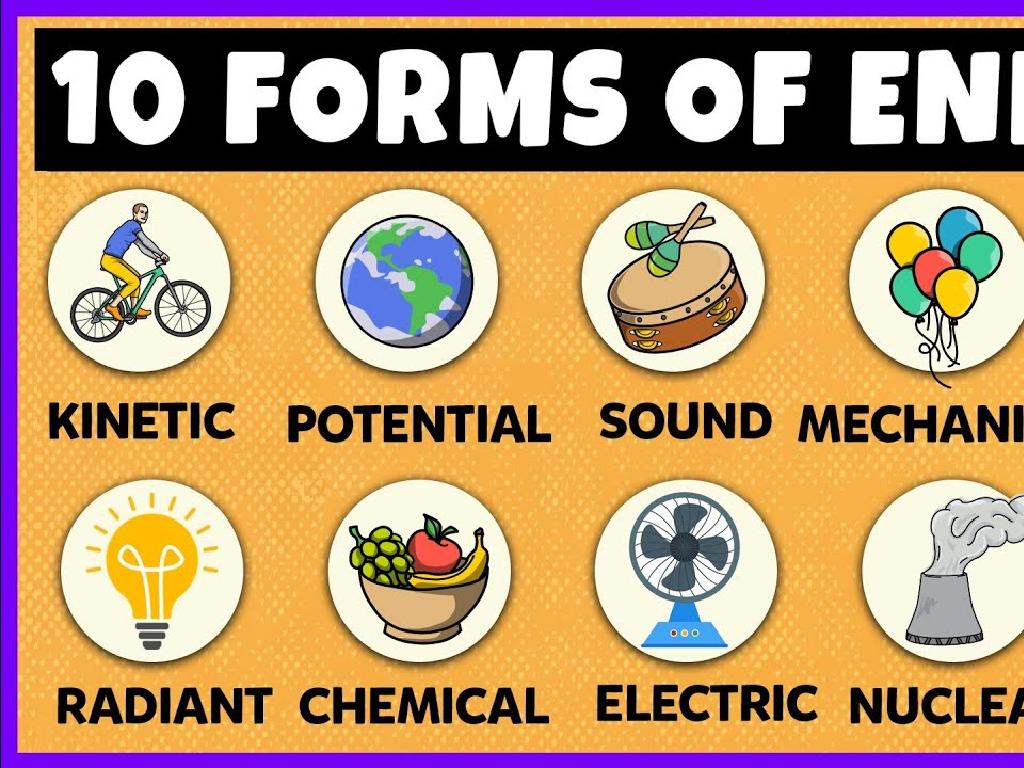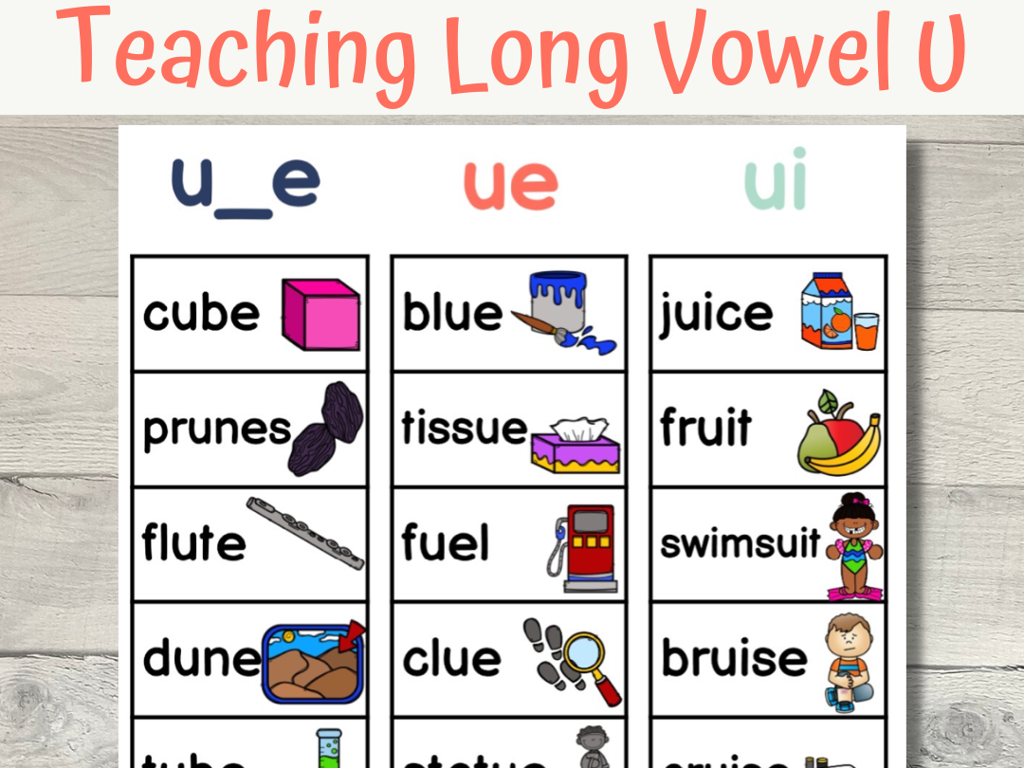Subtract Money Up To $1
Subject: Math
Grade: Second grade
Topic: Add And Subtract Money Up To $1
Summary: This second-grade math lesson teaches students how to subtract money amounts up to $1 using U.S. coins. Through interactive examples, real-life scenarios, and hands-on activities, students practice taking away cents from a dollar, counting coins, and making change. Learners strengthen their money skills with visual aids, partner activities, and practice problems, building confidence in everyday math. This engaging approach lays the foundation for practical financial math using coins.
Please LOG IN to download the presentation. Access is available to registered users only.
View More Content
Welcome to Subtracting Money!
– Learn to subtract money up to $1
– We’ll subtract amounts like 50¢ from $1
– Handling money is a key skill
– Money math prepares you for buying things
– Using coins to subtract
– Pennies, nickels, dimes, and quarters help us
– Practice with real-life examples
– Examples: Buying a 30¢ apple with $1
|
This slide introduces second graders to the concept of subtracting money up to $1. Start by explaining that understanding money is not just about counting it, but also knowing how to spend and save. Use real coins to demonstrate subtraction, showing how each coin represents a part of a dollar. Provide relatable examples, such as buying small items with a dollar bill and figuring out the change. Encourage the students to think of subtraction as ‘spending’ money, which will help them grasp the concept more naturally. Prepare to have various examples and possibly a hands-on activity where students can practice subtracting with coins.
Understanding Coins and Their Values
– Reviewing U.S. coins: penny, nickel, dime, quarter
– A penny is worth 1 cent, a nickel is 5 cents, a dime is 10 cents, and a quarter is 25 cents.
– Recognizing each coin’s value
– Know that 100 pennies, 20 nickels, 10 dimes, or 4 quarters all equal $1.
– Using coins to make amounts up to $1
– How many ways can you use coins to make 50 cents? Try using different coins!
– Practice with coin combinations
|
This slide is aimed at helping second-grade students understand the basic U.S. coins and their values. Start by showing real coins or images of a penny, nickel, dime, and quarter, and discuss the value of each. Emphasize that all these coins can be used in different combinations to create amounts up to one dollar. Engage the class by asking them to think of different ways to make the same amount, like 50 cents, using various coins. This will help them grasp the concept of adding different values to reach a sum. Provide examples and encourage students to practice with real or play coins for hands-on learning.
Subtracting Money Up to $1
– Subtracting money is like removing coins
– Imagine you have 4 quarters and you give 1 away
– Start with an amount, then take coins away
– If you have 75 cents and spend 25 cents, how much do you have?
– What’s left is your total money
– After spending, count what’s left to find your answer
– Practice with real coins or drawings
|
This slide introduces the concept of subtracting money, which is a practical skill for second graders. Use examples that are relatable, such as spending money at a store or saving money in a piggy bank. Start by explaining that when we subtract money, we are taking away a certain number of coins from our total. Provide visual aids or real coins for students to practice with. For example, if they have 4 quarters (which is equal to $1), and they give 1 quarter away, they have 3 quarters left (which is 75 cents). Encourage students to use subtraction in real-life scenarios, such as when buying a small item with their allowance. This will help them understand the value of money and improve their subtraction skills.
Subtracting with Coins
– Start with 1 dollar in quarters
– 1 dollar equals 4 quarters
– Spend 1 quarter (25 cents)
– 1 dollar minus 25 cents is 75 cents
– Count the remaining quarters
– 3 quarters are left after spending
– Calculate the money left
– 3 quarters equal 75 cents
|
This slide is aimed at teaching second graders how to subtract money using coins, specifically quarters. Begin by explaining that a dollar is made up of 4 quarters. When you spend one quarter, you subtract 25 cents from your dollar. Show how to count the remaining quarters to find out how much money is left. Reinforce the concept that each quarter is worth 25 cents and that subtracting one quarter leaves you with 75 cents. Use visual aids like actual coins or images to help students understand the concept. Encourage them to practice with different amounts and combinations of coins.
Let’s Practice Together: Subtracting Money
– We’ll solve subtraction problems
– I’ll show you how to subtract amounts under $1
– Count carefully each step
– Use your fingers or draw lines to keep track
– Check your work after solving
– Look over your subtraction to find mistakes
– Share your answers with the class
|
This slide is designed to engage students in a collaborative problem-solving activity focused on subtracting money amounts up to $1. Start by demonstrating a few subtraction problems using real-life scenarios, such as spending money at a store. Encourage students to count carefully, perhaps using physical coins or visual aids to help them understand the concept of taking away amounts. After solving each problem, remind them to double-check their work to ensure accuracy. Finally, create an interactive environment by asking students to share their answers and explain their thought process to the class. This will not only reinforce their learning but also build their confidence in handling money mathematically.
Activity Time: Coin Subtraction!
– Practice subtracting with play money
– Each student gets a set of coins
– Imagine buying a toy and using coins to pay
– Work with a partner to subtract
– Take turns, help each other with subtraction
– Use coins to find the answers
– Visualize giving money and getting change back
|
This activity is designed to provide hands-on experience with subtracting amounts of money up to $1 using play coins. Distribute play money among the students and pair them up to encourage collaboration. They should practice subtracting different amounts, simulating real-life scenarios like purchasing items or giving change. As they work through the activity, circulate the room to offer guidance and ensure understanding. Possible variations of the activity could include setting up a small classroom store where students ‘buy’ items with their coins, or having students ‘sell’ items to each other, practicing making change. The goal is to build their confidence and understanding of subtraction with money in a tangible, engaging way.
Subtracting Money: Conclusion and Review
– Congratulations on learning subtraction!
– Recall each coin’s value
– Pennies, nickels, dimes, and quarters
– Practice subtracting different amounts
– Use subtraction to find how much change you get
– Keep practicing at home with real coins
– Handling coins helps understand subtraction
|
Well done to all the students for learning how to subtract money up to $1. It’s important to remember the value of each coin: pennies are 1 cent, nickels are 5 cents, dimes are 10 cents, and quarters are 25 cents. Practice is crucial in mastering this skill, so encourage students to continue practicing at home. They can use real coins to create different amounts and then practice subtracting to find out how much change they would get from $1. This hands-on experience will help solidify their understanding of money subtraction.





